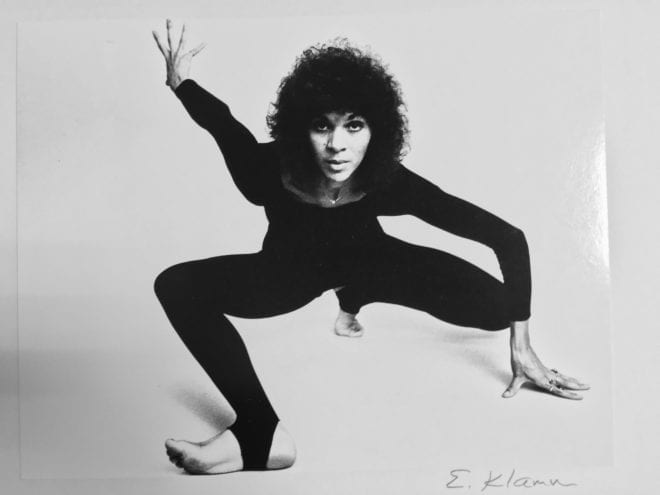
For Paul Stewart, it all started with a fascination with the Black experience in the American West. It became an ever-growing display on the walls of the barbershop he owned. People from the neighborhoods in Northeast Denver who did not need a haircut would come just to look at his menagerie of artifacts and curiosities. What began as a humble passion project – now the Black American West Museum & Heritage Center – is nationally recognized as a critical source of information on the role that African Americans played in the settlement and growth of the western United States through its collections, programs, and exhibits.
For Cleo Parker Robinson, it was her love of movement and dance which helped her overcome health issues and the emotional impact of racism, as early as age 10. This passion for dance was the driving force that ultimately brought her and her company to the iconic stages of America and around the world, through both performances and educational residencies. With the founding of Cleo Parker Robinson Dance in 1970, she launched a cultural institution in Colorado, establishing a nationally recognized treasure that continues to celebrate the power and beauty of dance through the traditions of African American culture and the Diaspora. Cleo Parker Robinson Dance has brought wonder to thousands and, through Cleo’s mentorship, its own successors like Davis Contemporary Dance Company founded by Terrell Davis, a former Cleo Parker Robinson Dance company member.
For more than 30 years, the SCFD has supported Black-founded and Black-led arts, culture and scientific organizations like these in the Denver metro area. Voters from the seven-county area created the district in 1988 to provide general operating support, ensuring a foundation from which artists and innovators could serve their communities with the wonder only arts and culture can provide.
Over the years, many Black-founded theatre companies won SCFD support including companies like the Eulipions co-founded in 1982 by Jo Bunton Keel. The word Eulipions was created by Jazz Great, Rashaan Roland Kirk in his piece “Theme for the Eulipions,” which describes an imaginary race of creative beings. Other Black-founded theater companies followed like the Aurora-based Shadow Theater Company, founded by the late Jeffery Nichols in 1997. At the time of its founding it was the only Black-founded, Black-led theater company in Colorado. Others, as well, found different ways to use SCFD funding to bring their own talents to the forefront. Perry Ayers knew that along with his artistic talents, he had gifts for organizing, fundraising and other administrative work. Seeking to put those skills to work to provide an annual platform for Black art, Ayers and his brother, Oyedele Oginga, founded the Colorado Black Arts Festival and held its first event in 1986. A hardy group of stalwarts attended the first outdoor festival which featured two full days of rain as well as dozens of Black artists. This year will mark the organization’s 35th festival with literally millions of attendees and hundreds of artists over the year representing the full range of creative expression from the community.
The simple SCFD sales tax – just one penny on every $10 spent – continues to launch and sustain creatives in the Black community and all communities across the Denver metro area. Including those who founded and maintain Grand Design, an Aurora-based organization that has as a primary focus work that brings stories of Black history to Colorado schools and students.
Since voters put the district in place in the late 1980s, they have reauthorized it three additional times. Beyond helping to create the existing tapestry of arts, culture and science organizations that enrich our lives, the district has awarded millions to ensure that Black artists and innovators have a place at the cultural table and a stake in the landscape. That includes the work of Art Jones, a University of Denver professor who launched the Spiritualists Project in 1998 to help preserve the history of Black spirituals and bring them to current audiences. While the Spiritualist Project now has a permanent home at the University of Denver’s Lamont School of Music, the SCFD continues to fund efforts in this space through its support of groups like the Bennie L. Williams Spiritual Voices.
Our region has long understood that a cultural landscape that truly enriches us all must include the voices of all traditions and cultures. That’s why voters created the district and why it continues to be a valued partner to nearly 300 arts, culture and science organizations.
Connect with Black-led or Black-founded organizations near you and across the Denver Metro Area:
- Black American West Museum
- Cleo Parker Robinson Dance
- Davis Contemporary Dance
- Colorado Black Arts Festival
- Bennie L. Williams Spiritual Voices
- Grand Design